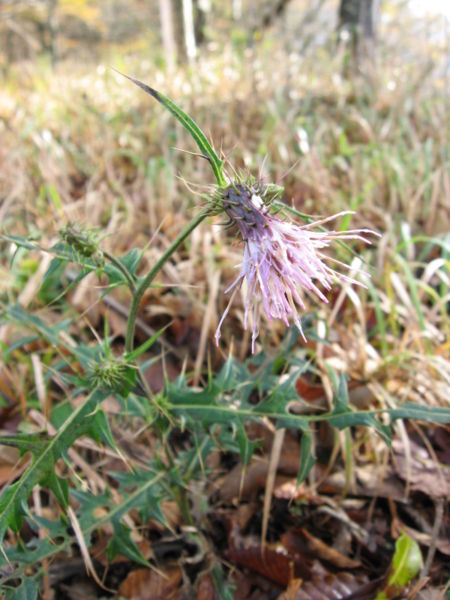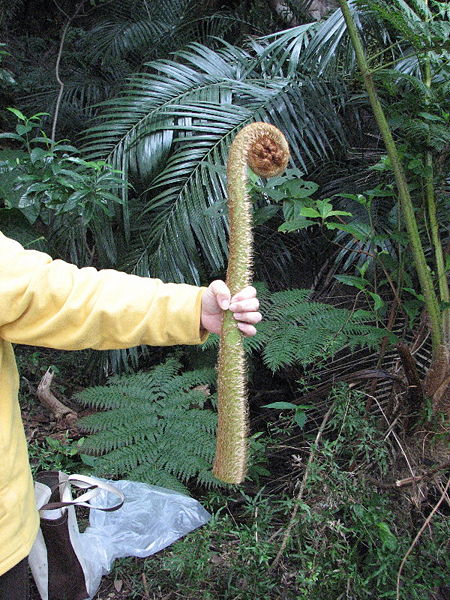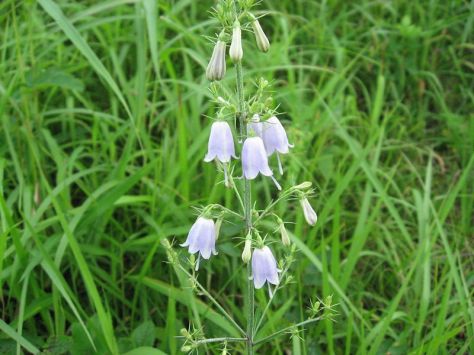
“Sansai/Wild Mountain Plants” are around the corner so I thought it might be a good idea to draw people’s attention back to them for easier reference! They also include wild fruit that can be eaten both as vegetables and fruit with various preparations.
Some can be boiled, others fried, prepared as tempura, cooked in soup, prepared as pickles or jam, etc.
As it would become far too big (already massive, but inexhaustive) a posting if I wrote everything, please pick up one item at a time if you want more explanations and I will write an individual article for your pleasure!
But some have added some since the last time I wrote about them and I added some facts!
Here we go:
(No particular order)

AINU NEGI: ALIUM VICTORIALIS
Also called: GYOUJA NINIKU/VICTORY ONION/ALPINE LEEK
High in Vitamin B1

AKEBI: CHOCOLATE VINE
High in Potassium, Vitamin B1, B2, B6, C and vegetal fibers.
Provide great stamina!

AMADOKORO: POLYGONATUM ODORATUM

AZAMI: THISTLE

FUKINOTO: GIANT BUTTERBUR/FLOWER CLUSTER
High in Vitamin A Beta carotene, B1, B2, b6, C, vegetal Fibers and Potassium.

HAMABOUFUU: GLEHNIA LITTORALIS

HANGONSOU: SENECIO CANNABIFOLIUS

HASUKAPPU: LONICERA CAERULEA/HASCUP

HIKAGEHEGO: FLYING SPIDER MONKEY TREE FERN

IRAKUSA: URTICA THUNBERGIANA

ITADORI: JAPANESE KNOTWEED

KATAKURI: DOGTOOTH VIOLET
Flowers are also edible.

KIBOUSHI: PLANTAIN LILY HOSTA FORTINEI ( a variety of Hosta Montana)

KOGOMI: OSTRICH FERN (exists as green and red)
Great plant as it needs no special procees to erase tanginess.
High Carotenes, Vitamin C, Amino acids and vegetal fibers.

KOSHIABURA : ASCATHOPANAX SCIADOPHYLLOIDES

KUKO: CHINESE WOLFBERRY

KUSAGI: HARLEQUIN GLORY BOWER PEANUT BUTTER SHRUB

MATATABI: SILVER VINE

MITSUBA: JAPANESE HONEYWORT

NIRINSOU: ANEMONE FLACCIDA

NOBIRU: ALIUM MACROSTEMON
High in Vitamin C, Carotenes, Calcium, Potassium and vegetal fibers.

OYAMABOKUCHI: SYNURUS PUNGENS

RYOUBU: CLERTHRA BARBINERVIS

SARUNASHI: ACTINIA ARGUTA

SERI: JAPANESE PARSLEY

SUBERIYU: COMMON PURSLANE

TAKENOKO: BAMBOO SHOOTS (SPROUTS)

TANPOPO: DANDELION

TARA NO ME: ARALIA ELATA
High in Potassium, Vitamin A Beta Carotenes, B2 and vegetal fibers.

TSUKUSHI: HORSETAIL
High in Potassium, Magnesium, Carotenes and Vitamin E.

TSUROGANENINJIN: ADENOPHORA TRIPHYLLA

UDO: ARALIA CORDATA
High in Potassium, Calcium, Magnesium, Vitamin B1, C, Pantotene acid.
Helps combat human body acidity.

YAMAUDO: same as UDO (above)

URUI: HOSTA MONTANA
Can be eaten raw.
Great in salads. Have become a common vegetable in Japan.

WARABI: PTERIDIUM AQUILINUM/BRACKEN
High Potassium, Calcium, Magnesium, Iron, Vitamin B2, C, E and vegetal fibers.

YAMABUDO: CRIMSON GLORY VINE

YAMAWASABI: WILD HORSERADISH

ZENMAI: OSMUNDA JAPONICA/ROYAL FERN
High in Potassium, Vitamin A Beta Carotenes, B2, B6, C and vegetal fibers.

FUKI:JAPANESE BUTTERBUR/GIANT BUTTERBUR
High in Potassium, Calcium, Vitamin B2 and vegetal fibers.
—————————
Still have to find the English names for the following ones!

AIKO

AKAMIZU/ELATOSTEMA UMBELLATUM var. NAJUS
Found the name!

AOMIZU

INUDOUNA

SHIDOKE
ITADORI
Not to be confused with absinthe!

YUKINOSHITA/BEEFSTEAK GERANIUM
Found the name!




This site is so good! I just was given some shidoki, and my wife, a native here in Fukushima, did not know it. I am trying to get more people introduced to mullein, purslane, etc. ,but this site has so many new ideas. All the years overseas we had hostas, not using their full potential.
LikeLike
Thanks, my friend!
LikeLike
Hello, this is wonderful information.
I’m wondering if you know if there are any native passion fruit plants that grow wild in Japan, particularly in Japanese forests?
LikeLike
Dear Nathan!
Greetings!
Passion fruit plants are not endemic to Japan although the flowers have been in existence for quite some time!
on the other hand japan has its own endemic wild grapes and all kinds of berries!
Best regards,
robert-Gilles
LikeLike
Hi Robert,
Thank you for your reply regarding the passion fruit. I was wondering if I might be able to contact you privately via email? I am currently authoring a children’s picture book about Japanese plants and I have some questions that you might be able to help with. Any assistance you could give to me would be very helpful and appreciated.
Nathan (nathan@story-one.com)
LikeLike
Wonderful information and photos. I would like to make a survival quiz for the children that I teach in my class. May I have your permission to use your photos for the quiz?
LikeLike
Of course! You are most welcome!
Robert-Gilles
LikeLike
Thanks for the update!
LikeLike
Thanks for the great pix which allowed me to identify some of the plants we saw (and ate) on a recent trip to Gokayama and the Kisoji Nakasendo. I would love to go on a wild food walk in Japan.Know anyone who organises sthg like that?
Kenson
LikeLike
Dear friend!
Thank you so much for the information!
Always appreciated!
best regards,
Robert-Gilles
LikeLike
Here on Tsushima we have an abundance of wild yamaimo also as wild food. Had alot of Fuki back in the spring also. I am sure there is a bunch I have not learned to identify but hope to improve my education shortly. Any suggestions for reference material? I read only english (so far) but wife is native here (returning after 42 years in the states.
LikeLike
You don’t know how lucky you are!
LikeLike
Thanks for the great info. I am planning to cultivate some of these in my garden in California.
LikeLike
Good on you, John!
LikeLike
Thank you for posting so many of the wild edible plants. I live in Japan in the Nagano region which offers an abundance of edible wild plants , berries and fruits . I am still looking for a book in english , so i can take it to the mountain when looking for those Sansai.
Arigato gozaimashita , Udo
LikeLike
Cheers, Udo!
Always happy to help!
Good hnting!
Cheers,
Robert-Gilles
LikeLike